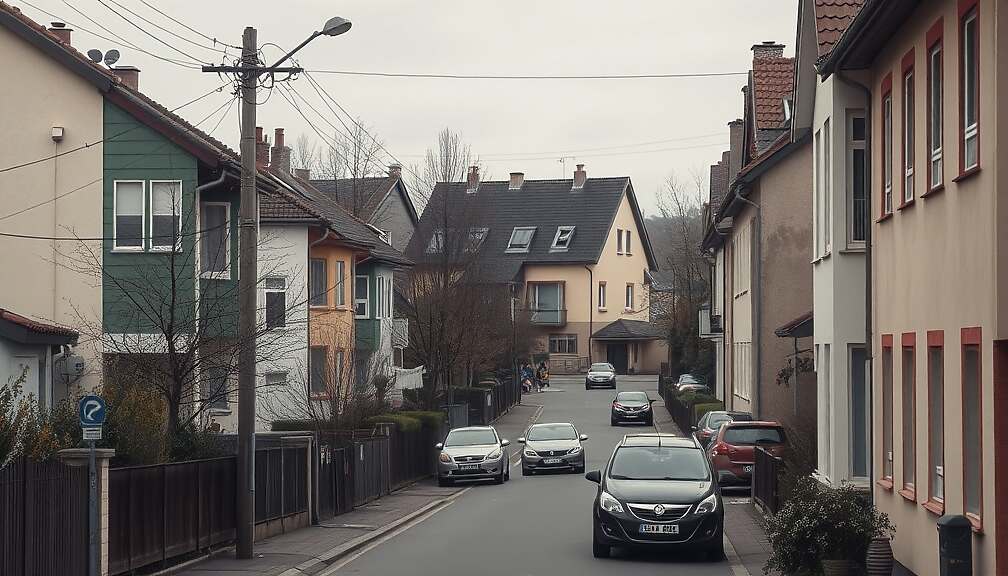Significant disparities in electricity costs are impacting consumers across Germany, with regional variations reaching up to 29 percent, according to a new analysis by comparison portal Verivox. The study, reported by the Funke Media Group newspapers, reveals a considerable gap between the most and least expensive states for electricity.
A three-person household consuming 4,000 kilowatt-hours annually faces an average bill of €1,607 in Hamburg, the most expensive state, compared to just €1,247 in Bremen, the most affordable. Despite being only 95 kilometers apart, residents of Hamburg are paying €360 more per year for their electricity.
Berlin (€1,487), Saarland (€1,468), Baden-Württemberg (€1,466) and North Rhine-Westphalia (€1,443) rank as the next most expensive states. Consumers in Saxony-Anhalt (€1,324), Saxony (€1,327), Lower Saxony (€1,335) and Brandenburg (€1,339) enjoy the lowest costs. The national average for a three-person household is €1,409.
The calculations are based on the “household price” which encompasses all taxes, levies and the monthly basic price. Verivox’s analysis incorporates data from approximately 820 local utility providers, pricing from customers actively comparing electricity rates and pricing from nationwide energy suppliers.
Beyond regional price differences, Verivox also assessed potential savings for customers switching from standard utility rates to the most affordable new customer tariffs with price guarantees. The analysis indicates that consumers could save an average of €671 annually nationwide. The highest potential savings are in Thuringia (€870), Hamburg (€795) and Berlin (€752), while the lowest savings are in Saxony (€690) and Bremen (€359).
According to Verivox energy expert Thorsten Storck, the primary driver behind these price variations is grid usage fees. These fees cover the maintenance and operation of power lines, as well as metering and reading services and are subject to regional differences.












